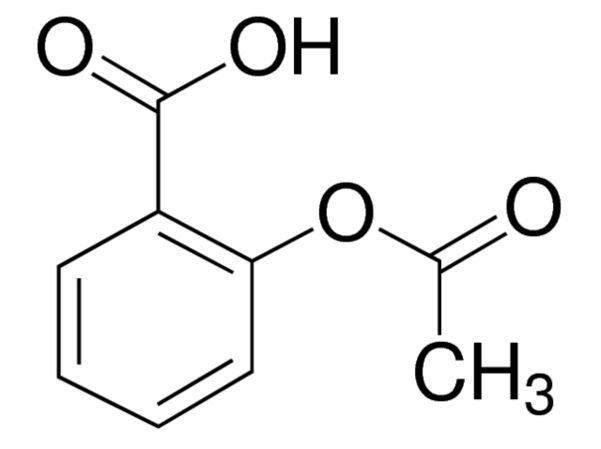Cadmium Carbonate
₹ 370.00 – ₹ 1,430.00Price range: ₹ 370.00 through ₹ 1,430.00
Product Specifications
CAS NO. 513-78-0
HSN CODE : 28369990
HealthChemix Support
GST Invoice Available
Secure Payments
365 Days Help Desk
Return & Warranty Policy
Product Details
Cadmium Carbonate (CAS No. 513-78-0) is an inorganic compound with the chemical formula CdCO3. It is a white crystalline solid that is insoluble in water but soluble in acids, releasing carbon dioxide. Cadmium Carbonate is primarily used in industrial applications, but due to the toxicity of cadmium, its use is highly regulated and limited. Below is a detailed overview of its properties, uses, and safety considerations.
Chemical Properties
Cadmium Carbonate has a molecular weight of 172.42 g/mol and consists of cadmium ions (Cd²⁺) and carbonate ions (CO3²⁻). It decomposes upon heating, releasing carbon dioxide (CO2) and forming cadmium oxide (CdO). The compound is stable under normal conditions but reacts with acids to produce cadmium salts, water, and carbon dioxide.
Uses of Cadmium Carbonate
- Production of Cadmium-Based Compounds:
- Cadmium Carbonate is used as a precursor in the synthesis of other cadmium compounds, such as cadmium oxide (CdO), cadmium sulfide (CdS), and cadmium chloride (CdCl2). These compounds are used in various industrial applications, including pigments, batteries, and coatings.
- Pigments and Dyes:
- Cadmium Carbonate is used in the production of cadmium-based pigments, which are known for their bright and stable colors. These pigments are used in plastics, ceramics, glass, and paints. However, due to environmental and health concerns, the use of cadmium pigments has declined in recent years.
- Electroplating:
- The compound is used in electroplating processes to deposit cadmium coatings on metal surfaces. Cadmium plating provides corrosion resistance and improves the durability of components in aerospace, automotive, and electronics industries.
- Stabilizers in Plastics:
- Cadmium Carbonate is used as a stabilizer in the production of polyvinyl chloride (PVC) plastics. It helps prevent degradation of the plastic due to heat and UV exposure. However, its use in this application has been largely phased out due to environmental regulations.
- Laboratory and Research:
- Cadmium Carbonate is used in laboratories as a reagent for chemical synthesis and analytical procedures. It is also used in research studies related to material science and environmental chemistry.
Safety and Handling
Cadmium Carbonate is highly toxic and poses significant health and environmental risks. Proper safety measures must be followed when handling this compound:
- Health Hazards:
- Inhalation: Inhalation of dust or fumes can cause severe respiratory irritation, lung damage, and long-term health effects such as cadmium poisoning.
- Ingestion: Accidental ingestion can lead to gastrointestinal distress, kidney damage, and other systemic effects.
- Skin Contact: Prolonged or repeated skin contact can cause irritation and may lead to the absorption of cadmium into the body.
- Environmental Hazards:
- Cadmium is a heavy metal that is highly toxic to aquatic life and can accumulate in the environment. Improper disposal of Cadmium Carbonate can lead to soil and water contamination.
- Regulatory Compliance:
- The use of Cadmium Carbonate is strictly regulated under international guidelines, such as the Restriction of Hazardous Substances (RoHS) Directive and the Registration, Evaluation, Authorisation, and Restriction of Chemicals (REACH) regulations in the European Union. These regulations aim to minimize the use of cadmium and other hazardous substances in industrial applications.
- Personal Protective Equipment (PPE):
- When handling Cadmium Carbonate, workers must wear appropriate PPE, including gloves, goggles, respirators, and protective clothing. Proper ventilation and engineering controls should be in place to minimize exposure.
- Storage and Disposal:
- Cadmium Carbonate should be stored in a cool, dry place, away from acids and other incompatible materials. Waste containing cadmium must be disposed of in accordance with local and international hazardous waste regulations.
Conclusion
Cadmium Carbonate (CAS No. 513-78-0) is a toxic inorganic compound with limited but important industrial applications, particularly in the production of cadmium-based pigments, electroplating, and chemical synthesis. Due to the severe health and environmental risks associated with cadmium, its use is heavily regulated, and safer alternatives are increasingly being adopted. Proper handling, storage, and disposal practices are essential to minimize the risks associated with this compound. As industries continue to prioritize sustainability and safety, the use of Cadmium Carbonate is expected to decline further in favor of less hazardous materials.
Other Product
Related products
-
Aluminium Chloride Hydrated
₹ 615.00 – ₹ 5,780.00Price range: ₹ 615.00 through ₹ 5,780.00 This product has multiple variants. The options may be chosen on the product page -
Acetyl Salicylic Acid E.P
₹ 930.00 – ₹ 8,600.00Price range: ₹ 930.00 through ₹ 8,600.00 This product has multiple variants. The options may be chosen on the product page




